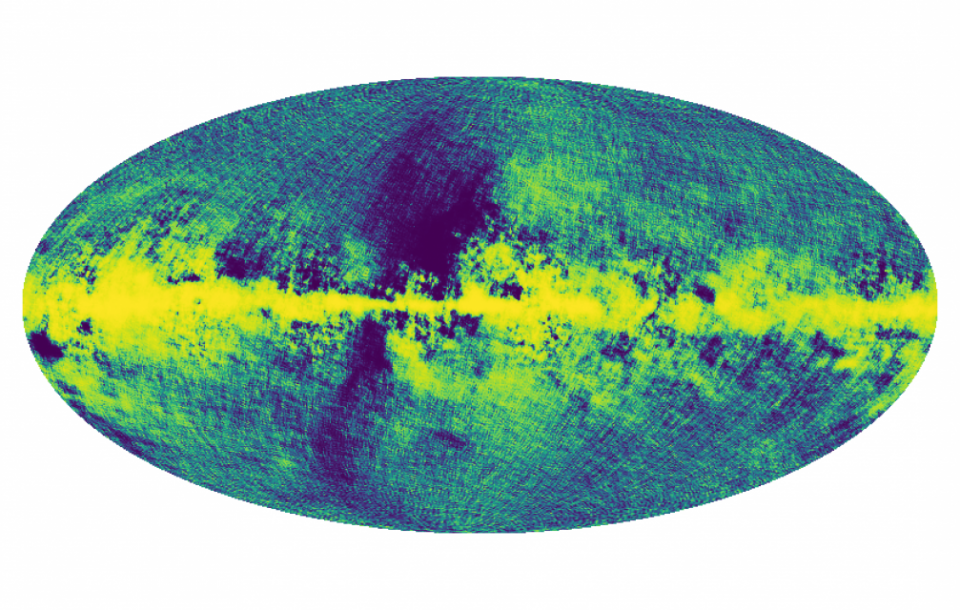Denys Wilkinson Building, Department of Physics, University of Oxford, Keble Road, Oxford OX1 3RH
Jens Jasche (Stockholm University)
The standard model of cosmology predicts a rich phenomenology to test the fundamental physics of the origin of cosmic structure, the accelerating cosmic expansion, and dark matter with next-generation galaxy surveys. However, traditional data analysis methods focus on limited statistical summaries and overlook important information in the complex filamentary distribution of cosmic matter in three-dimensional space. Currently, Physics-informed field-level inference is emerging as a viable alternative to studying galaxy surveys. This approach utilizes nonlinear structure formation models to jointly infer cosmic initial conditions, map nonlinear density and velocity fields, and provide dynamic structure formation histories with a detailed treatment of uncertainties. Besides promising improved cosmological parameter constraints, it also offers novel opportunities to study fundamental physics using cosmic structures. In this presentation, I will give a conceptual introduction to field-level inference and Bayesian physical forward modeling and illustrate the approach through diverse data applications. Besides mapping nonlinear dark matter density and velocity fields I will discuss examples of using these results to test fundamental physics, such as the particle nature of dark matter or the weak equivalence principle. Finally, I will present a detailed analysis of the Nearby Universe via the SIBELIUS project, yielding one of the most extensive data-constrained simulations, including a Milky-Way Andromeda galaxy pair at its center.

